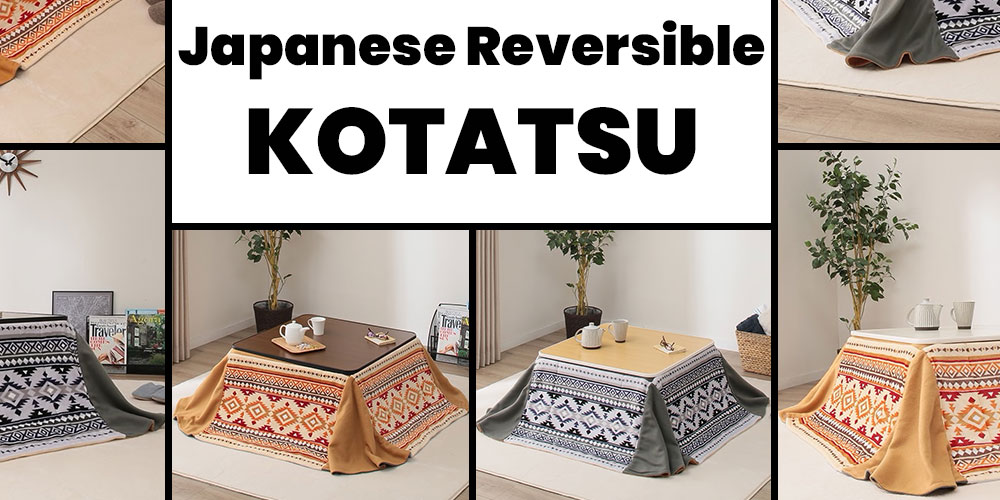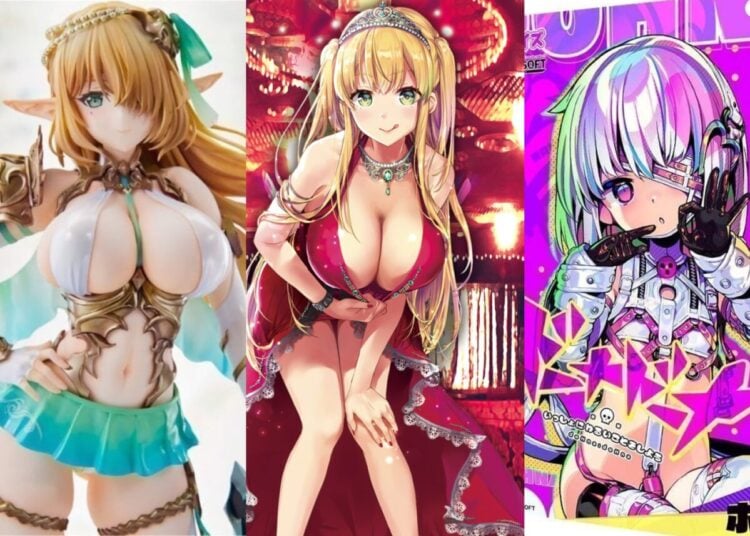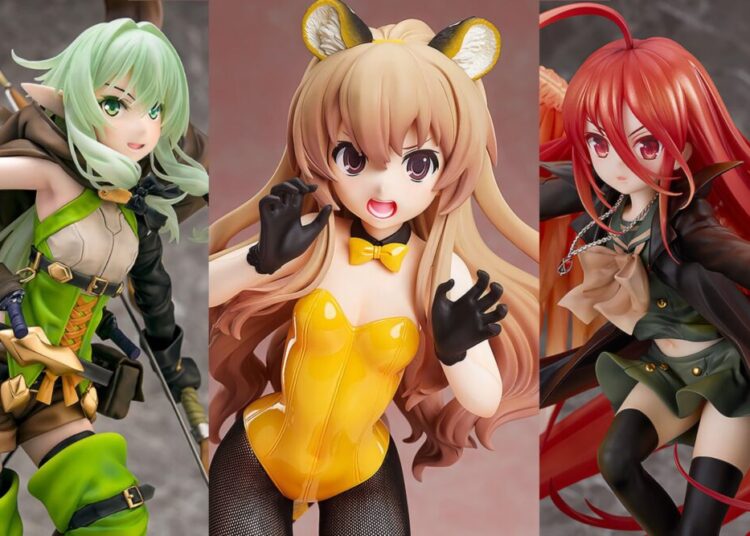Over on Twitter I have fun with J-List’s many followers, trading memes and discussing currently airing anime as well as classics from the past. Sometimes I tweet something that causes a huge explosion of comments, like when I opened a discussion about what voice actors we all get a little obsessive about. Yesterday I tweeted a post by an animator in Japan comparing two made-for-television animation shows from 2018, Violet Evergarden and Thundercats Roar.
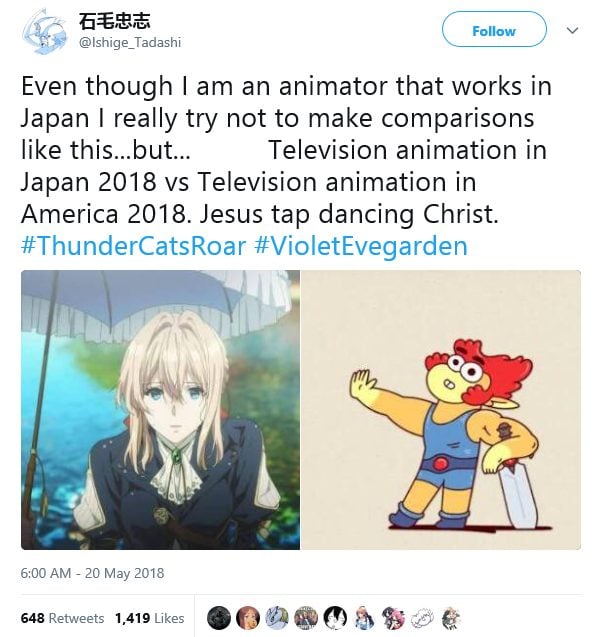
This generated a ton of comments both on Twitter and on Facebook, and showed me once again that fans are really passionate about the animation they love, whether it’s “anime” (animation done in anime style generally being based on works by Japanese artists and writers, and produced in Japan or various Asian countries) or American animation (generally based on works by American studios, aimed at various target audiences in the U.S. and animated in the U.S. and various Asian countries). So naturally, I wanted to write my take on this discussion.
Right off the bat, several readers pointed out that cherrypicking any two shows gives results that are not very useful. You could just as easily take some great work of American animation and compare it to Crayon Shin-chan or Doraemon, which are animated in a more cartoonish style. The shows are aimed at different audiences, too: the kind of sophisticated anime fan who will appreciate Violet Evergarden is quite different from a younger fan watching Thundercats Roar, or an aficionado of the previous Thundercats series.
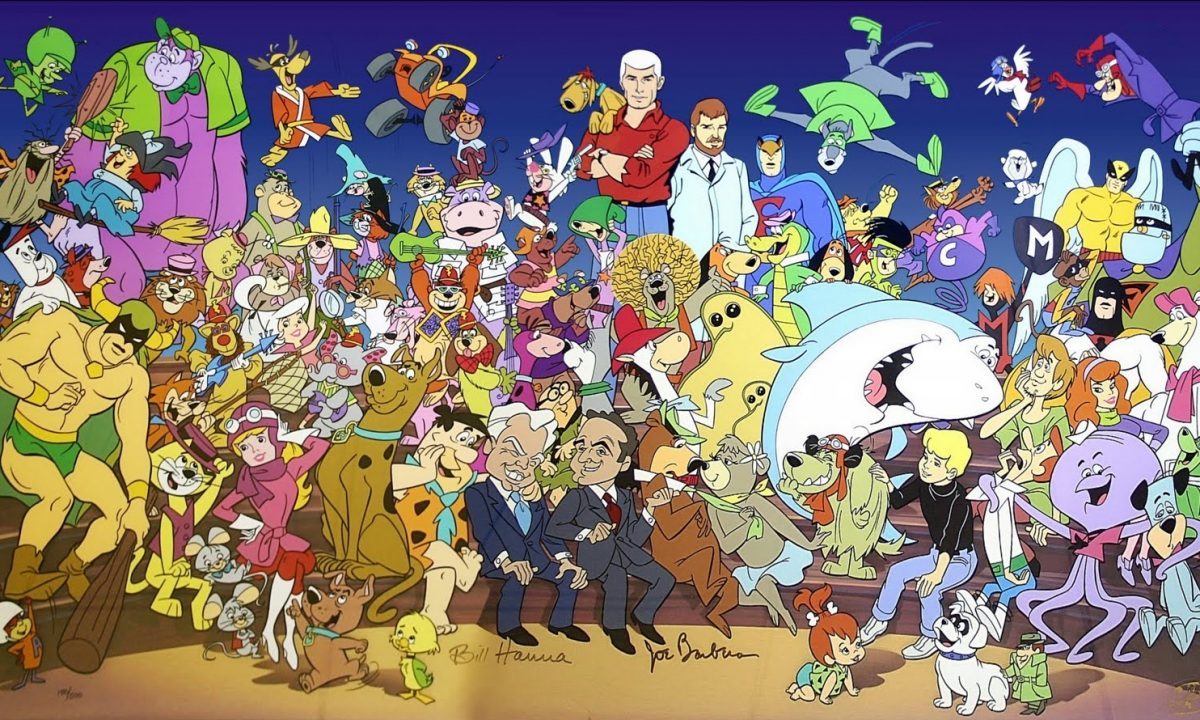
It’s interesting to step back and look at the different paths of animation studios in Japan and the U.S. have taken. Back in my childhood days, animation was mostly limited to Saturday Morning Cartoons, and for a child, there was nothing more magical than waking up early and sitting in front of the TV to watch Scobby Doo or Super Friends or whatever the big three networks had lined up for us. Around the time Filmation — the studio that pioneered reusing the same animation again and again, which felt to me like a “kids are stupid, they won’t notice” attitude — was becoming a powerhouse in the animation world in the U.S., anime started to become more and more popular. It seemed that a paradigm shift was in motion.
The trend continued, and for a while the American animation industry seemed to be on the defensive, like the time Disney tried to “out-anime anime” with Atlantis: The Lost Empire, which was painful to see. Another issue was that U.S. studios were more susceptible to being targeted by annoying parents’ groups, who lobbied that cartoons should always be “family-friendly” and complaining about awesome shows like Hanna-Barbara’s Johnny Quest because it had guns, drama, and danger, which apparently children can’t handle. Compared to the watered-down stories about “friends working together” and jets which always showed pilots parachuting out before they exploded, because “you can’t show death in cartoons,” anime was blowing up cities and planets, showing characters in romantic relationships and providing stories that were generally more compelling.

Today anime and American animation are as different as anime is from Hollywood. Anime focuses on the tropes its good at, like isekai, harems and cute half-demon sisters, and American studios do on what they’re good at: shows that specialize in snark, series that self-parody themselves with bizarre character designs, or shows that just want to tell uniquely American kinds of stories, like King of the Hill or Adventure Time or the various DC superhero stories, using the medium of animation.
What’s your take on the debate between Japanese vs. American animation? Which one do you think is better? Let us know on Twitter!
Winter is coming, and J-List has posted new Japanese kotatsu heater tables for you, just like you see in your favorite anime. They’re low tables with heaters inside and blankets that co over them, with the heavy tabletop piece on top. Turn one on and you’ll create a toasty space that’s great to place your legs inside when it’s cold. It’s tons of fun, and of course, the most economical way to keep warm in the winter. Browse our new Japanese kotatsu selection here!


